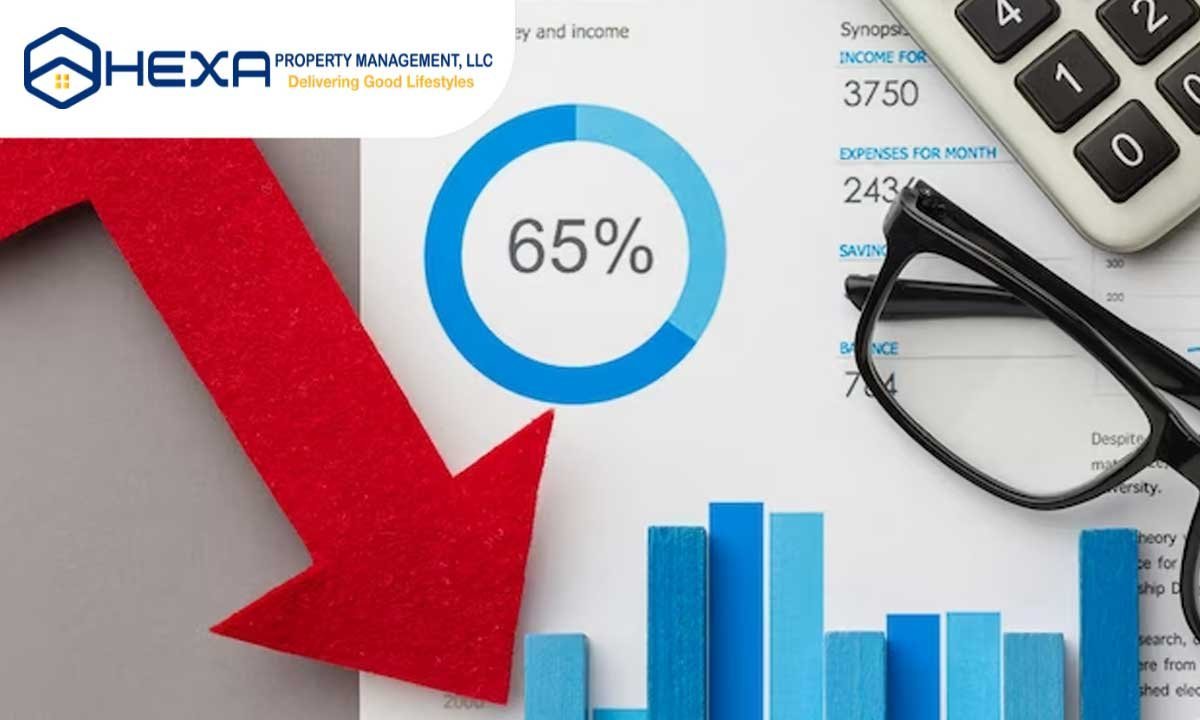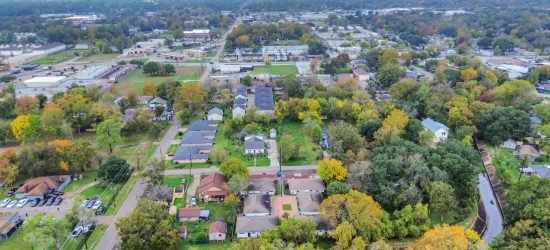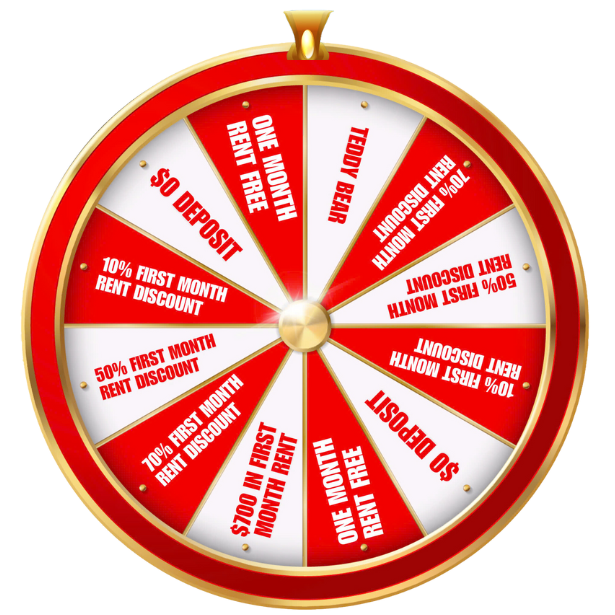Looking to assess a real estate investment? There are different kinds of properties to think about – like offices, homes, hotels, and more. You can either own property by yourself or check out investment options. Making good choices means looking at where the property is, what people want, how much you could make, and how things are going in the economy.
Types of Real Estate Properties
If you are considering entering the world of real estate investment, there are five types of real estate to explore:
- Office
- Industrial
- Multi or single-family housing
- Hotel
- Retail
Each type has its details, like how long leases are, what building permits you need, and the laws around owning property. You can jump into real estate by owning property outright or by putting money into things like Real Estate Investment Trusts (REITs). Owning property gives you control, but your investment isn’t spread out.

Contributing to ventures or REITs means less control, but your money’s spread across different properties, which can be safer. When picking where to invest, things like location, market trends, how much money you can make, and how the economy’s doing all come into play. These factors help you make smart choices that match your investment goals.
8 key metrics to evaluate a real estate investment
Net operating income (NOI)
Net Operating Income (NOI) is the money a property brings in after subtracting all the operating expenses, like property taxes, maintenance, insurance, and management fees, from the total income it generates.
The formula for NOI is “Total Income – Operating Expenses = Net Operating Income”.

For instance, let’s say you have an apartment building that brings in $120,000 a year in rental income. After subtracting all the expenses – like property taxes ($10,000), maintenance ($15,000), insurance ($5,000), and management fees ($8,000)—you’re left with $82,000 as your Net Operating Income.
So, using the formula: $120,000 (Total Income) – ($10,000 + $15,000 + $5,000 + $8,000) = $82,000 (Net Operating Income).
NOI is a crucial figure for investors because it represents the property’s actual cash flow before considering things like mortgage payments. It helps them figure out if a property is financially sound and generating enough income to cover its expenses and potentially make a profit.
Cap rate
The Capitalization Rate (cap rate) is like a yardstick for checking how much money a property can make relative to its price. It’s a way to measure the return on investment in real estate.
To find it, you take the property’s net operating income (the money it makes after paying all expenses like taxes and maintenance) and divide that by the property’s value.
Here’s the formula: Cap Rate = Net Operating Income / Property Value.

Let’s say you have a property that generates $50,000 in net operating income each year and it’s valued at $1,000,000. Plug those numbers into the formula, and you get a Cap Rate of 5% ($50,000 / $1,000,000 = 0.05 or 5%).
The cap rate helps investors decide if a property is a good investment. A higher cap rate generally means a riskier investment, but it could also mean more profit.
For instance, a cap rate of 6 or more might be considered good for certain real estate projects, indicating a potentially higher return compared to the property’s cost.
People interested in bigger returns might consider properties with higher cap rates, understanding that they usually come with more risk but also the chance for higher rewards.
Cash flow
Cash flow in real estate is like the money you have in your pocket after all the bills are paid. It’s the net cash left over at the end of the month once you’ve collected rent and settled all the expenses.
Total Income – Total Expenses = Cash Flow.

For example, let’s say you have a property that brings in $5,000 a month in rent. After paying off expenses like property taxes, maintenance, insurance, and management fees totaling $2,500, your cash flow for that month would be $2,500 ($5,000 – $2,500 = $2,500).
Cash flow is vital for property owners as it represents the real money they pocket at the end of the month.
It’s a critical measure to ensure the property generates enough income to cover all its costs and still leave a positive amount as profit.
Internal rate of return (IRR)
The Internal Rate of Return (IRR) is a super useful metric that helps compare different properties and figure out how long it’s best to hang onto them. The IRR provides clarity, giving a clear vision and timing considerations for property investments.
The formula for IRR might seem a bit complex, but it’s essentially the interest rate that makes the present value of all future cash flows from a property equal to its initial cost.
For instance, if you invested $100,000 in a property and over time received a total of $150,000 in returns, the IRR would be the interest rate that makes those future returns equal to the initial $100,000 investment.
Remember that IRR works best when the rental environment is stable and there aren’t any unexpected repairs. Also, when comparing properties using IRR, they must be similar in size, usage, and the planned time for holding onto them.
This ensures a fair comparison and helps in making more accurate decisions regarding property investments.
Cash on cash return
Cash on cash return is like a score that tells you how much you’re making compared to how much you put in a property. It shows the return you get on the money you’ve invested.
This percentage measures the cash flow you’ve got after paying off any loan or mortgage, divided by the total cash you’ve put into the deal.

For example, if you’re making $10,000 in cash each year after handling debt payments, and you’ve invested a total of $50,000 in that property, your cash on cash return is 20% ($10,000 ÷ $50,000 = 0.20 or 20%).
Another example might be where you’re getting $25,000 in yearly cash flow, but you’ve invested a total of $300,000 in the property, resulting in an 8% cash on cash return ($25,000 ÷ $300,000 = 0.083 or 8%).
This lower percentage can happen when the property was bought entirely with cash, affecting the overall return on investment.
Cash on cash return helps investors see how effective their investment is in generating returns compared to the money they’ve put in, even after covering debts or loans.
The loan-to-value (LTV) ratio
The loan-to-value (LTV) ratio is like a way to check how much of a property’s worth is being covered by a loan.
For people getting financing for a property, this number is super important. It’s the amount of money you’re borrowing compared to how much the property is worth right now. Most lenders won’t cover the entire value of the property; they like to see some money left as equity.
Calculating the LTV is easy: just divide the loan amount by the property’s appraised value.

For example, if you’re taking out a loan for $180,000 for a property that’s valued at $200,000, your LTV ratio would be 90% ($180,000 ÷ $200,000 = 0.90 or 90%).
This means the lender is covering 90% of the property’s value, and you’d need to put down the remaining 10% as a down payment. The LTV ratio matters a lot to lenders because it helps them figure out how risky the loan might be. It also affects the terms and conditions they might offer you for the loan.
Operating expense ratio
The operating expense ratio helps figure out how well a property manages its expenses compared to the money it brings in. It’s like a way to see if the property is handling its costs properly.
This ratio includes everything – like depreciation – giving a complete picture of all the property expenses. When the operating expense ratio is lower, it means the property is doing a good job of keeping its expenses low compared to the money it makes.
But if this ratio keeps going up over time, it might mean there are issues with expenses or that regular maintenance isn’t happening as it should.

For instance, if a property has $50,000 in total expenses and makes $200,000 in income, the operating expense ratio would be 25% ($50,000 ÷ $200,000 = 0.25).
This tells you that for every dollar the property makes, it spends 25 cents on expenses. Investors use this ratio to understand how well a property is doing financially and make decisions based on that information.
Economic vacancy
Economic vacancy happens when rent isn’t paid, even if someone’s living in the place.
It’s super important to keep this in mind when planning because it shows how much money you might lose when rent isn’t coming in—whether it’s because tenants aren’t paying up or if some units aren’t charging rent.
It’s smart to keep an eye on how many places are empty in the market before buying a new building. This helps you estimate how much money you might make.
The occupancy rate, which is the same as the vacancy rate, can be checked through the lease intents page. This tells you how many units are filled or empty in a building.

For example, imagine a property that could make $100,000 but only brings in $80,000 due to unpaid or free rent. In this case, the economic vacancy rate would be 20%.
This means that even though some units are taken, there’s still a 20% loss in potential income because of rent not being paid.
How to know if the property meets your Investment Criteria?
Follow the 1% rule
The 1% rule is like a quick way to check if a property is a good investment. Here’s how it works: you calculate 1% of the property’s upfront cost, and then you see if the rent matches that 1% figure.
It’s a simple rule of thumb to help figure out if the money you could make in rent aligns well with what the property costs. Checking out the local rental rates in the area also helps decide if the investment makes sense.
This rule gives a quick idea if a property could be a good deal by comparing its price to the potential rental income.
Check the cap rate
Checking the Cap Rate is like using a measuring stick to see if a property fits your investment plan. It helps figure out how much money the property could make compared to what it costs.

For example, a 5.6% Cap Rate might be really good in areas with great residents and a booming economy. But that same rate might not be enough if the property is old or in a less desirable spot.
So, the Cap Rate gives a clear idea of how much profit you might make based on the property’s quality, location, and the area’s economic situation.
Check the neighborhood
It’s essential to assess the area’s characteristics thoroughly, including the condition of similar homes nearby. Looking into nearby amenities and the surrounding communities can also give a good idea of what the neighborhood offers.
By researching the area extensively, investors gain valuable insights into the property’s potential value. This evaluation helps in understanding how the neighborhood might impact the property’s value and attractiveness to potential renters or buyers, providing a clearer picture for investment decisions.
Common mistakes to avoid during the evaluation of a real estate investment
Not conducting thorough market research
One big mistake to dodge when checking out a property investment is skipping thorough market research. Knowing what’s up in the local area is super important. It helps you figure out who might want to rent there and what other rental places are around.
A great location with lots of people passing by can mean more money coming in every month from rent. Being close to cool stuff like shops, parks, libraries, and restaurants matters—it attracts tenants.

On the flip side, if a property’s in a far-off spot with not much around, it can be tough to advertise and get people interested in renting. So, doing solid market research helps you grasp what the neighborhood is like making smarter choices, and getting the most out of your property.
Overlooking local laws and regulations
Different places have their own specific rules for property stuff. Apart from the big national laws, each state and city has its own set of regulations.
Like in Seattle, they’ve got this “first-in-time” law that affects how things work for landlords.
So, before you dive into buying a rental property, it’s smart to check out what makes some states better for real estate investors and factor that into your decision-making process.

Failing to consider all expenses
When you’re looking at buying a rental property, it’s not just about how much you’ll make – it’s also about how much you’ll spend. You’ve got to consider things like property taxes, insurance, and utility bills in your budget. Planning for at least three months without any rental income per property each year is a good idea. Don’t overlook maintenance and big expenses either – they’re part of the money you spend. Things like regular costs for taking care of the lawn, clearing snow, or dealing with pests should also be thought about.
Neglecting to review all relevant documents
Stuff-like documents from Homeowners Associations (HOAs) tell you about the costs and rules that affect rental properties.
Sometimes, these HOA rules might stop you from renting out a property, which can mess up your investment plans. Also, properties might have utility easements, and it’s essential to look closely at these documents too.
They contain important details about any limitations or conditions that could seriously affect how you use the property or how much money you can make from it.
Skipping through these documents without really understanding them can lead to unexpected problems, making it tough to rent out the property and affecting its overall value.
Allowing emotional attachment
Letting feelings guide your decisions is a big mistake when you’re getting into real estate. When you’re new to this, it’s easy to get super excited about the money you could make.
But it’s smarter to start small, especially if you’ve never dealt with rental properties before. Taking on just one property first gives you room to learn without feeling overwhelmed.
It’s a way to ease into things and avoid making big mistakes right from the start. Emotions can sometimes lead to bad choices, so starting small helps you focus on learning and making decisions based on what makes financial sense, rather than just what feels good.
Evaluating a real estate investment requires considering various metrics and avoiding common pitfalls. By delving into key financial indicators and steering clear of oversights like skipping research or ignoring legal aspects, you can make more informed decisions. Understanding these nuances greatly impacts success in real estate investment.











